How to Pose in Kimono: Expert Photography Tips from Professional Photographers in Kyoto
Discover the art of kimono photography with insider secrets from Kyoto’s most experienced professional photographers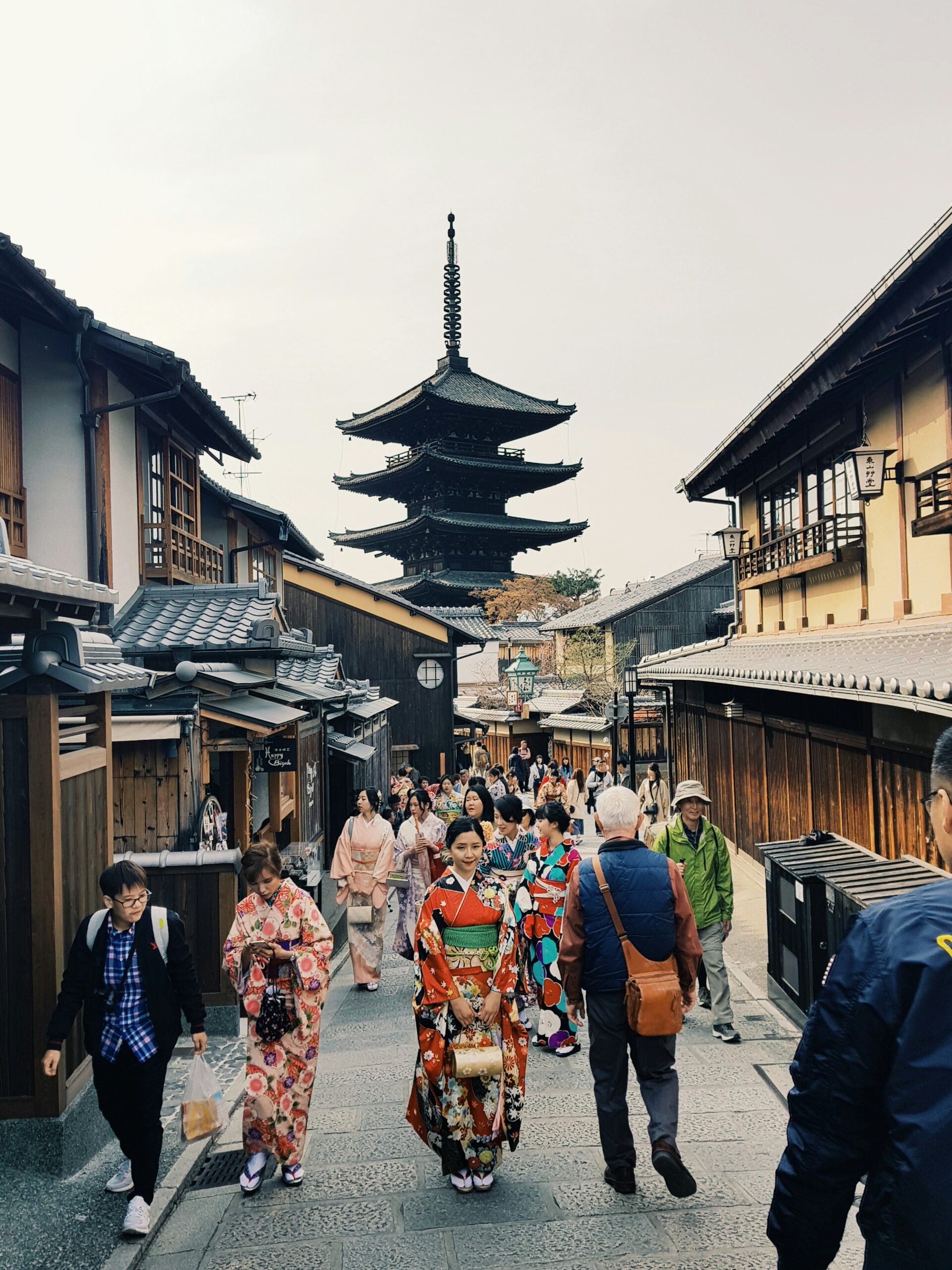
- Introduction: The Timeless Elegance of Kimono Photography in Kyoto
- Understanding the Cultural Significance of Kimono in Kyoto
- Essential Kimono Posing Fundamentals
- Advanced Posing Techniques for Different Kimono Styles
- Seasonal Kimono Photography Strategies
- Technical Photography Tips for Perfect Kimono Poses
- Booking Professional Kimono Photography in Kyoto
- Conclusion: Mastering the Art of Kimono Photography in Kyoto
Introduction: The Timeless Elegance of Kimono Photography in Kyoto
Kyoto, the ancient capital of Japan, serves as the perfect backdrop for capturing the ethereal beauty of kimono photography. With its stunning temples, traditional bamboo groves, and historic districts, this cultural heart of Japan offers countless opportunities for breathtaking kimono portraits. Whether you’re visiting Kyoto for a once-in-a-lifetime photoshoot or planning a professional kimono photography session, mastering the art of posing is essential for creating truly memorable images.
Professional photographers in Kyoto have spent years perfecting techniques that highlight both the intricate beauty of traditional Japanese garments and the natural grace of their subjects. In this comprehensive guide, we’ll share insider tips and expert techniques that will transform your kimono photography experience into something truly extraordinary.
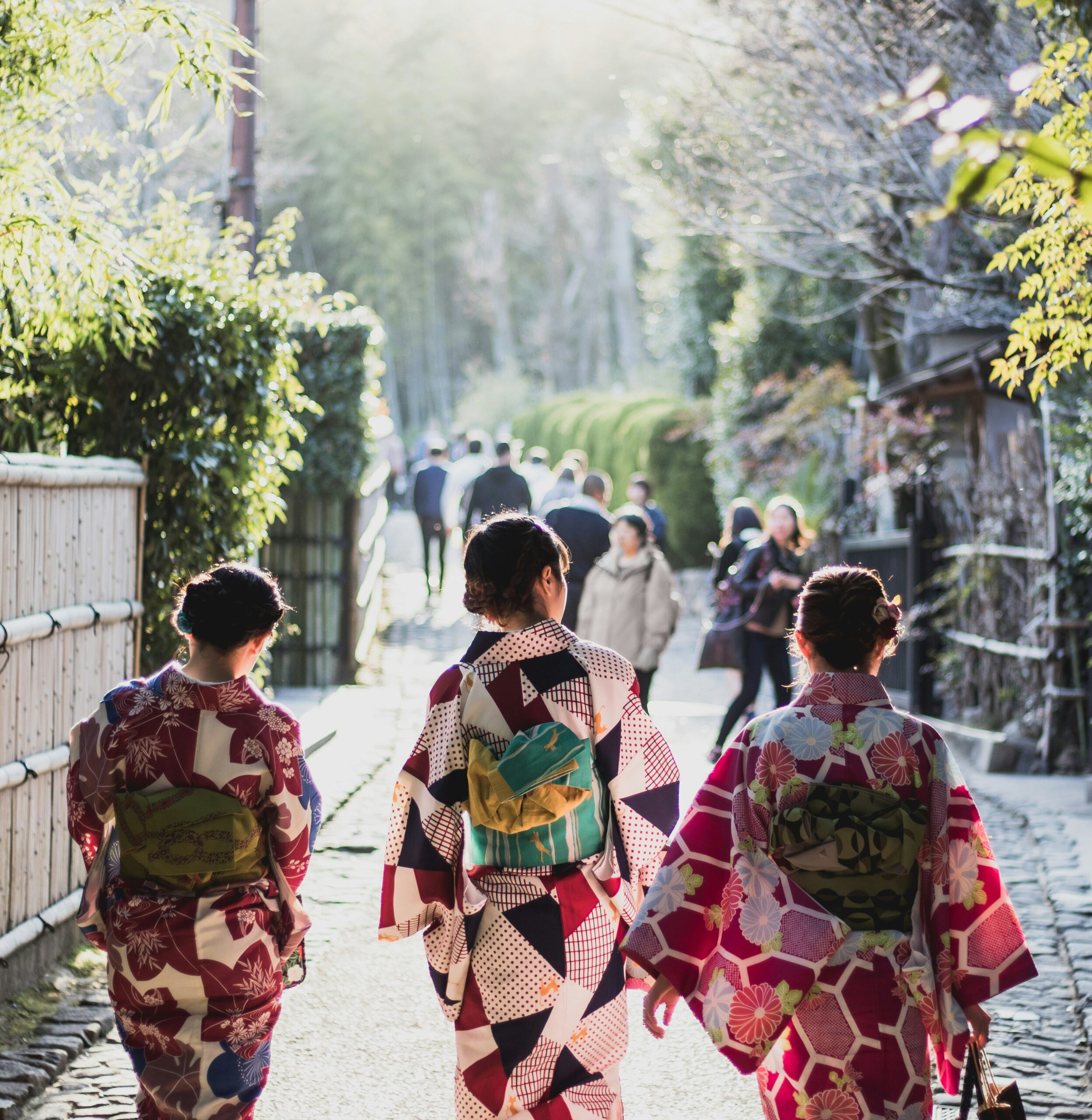
Understanding the Cultural Significance of Kimono in Kyoto
The Heritage Behind the Garment
Kimono photography in Kyoto isn’t just about capturing beautiful images—it’s about honoring a centuries-old tradition that represents the soul of Japanese culture. The kimono, literally meaning “thing to wear,” has evolved over more than a thousand years, with Kyoto serving as the epicenter of kimono craftsmanship and design.
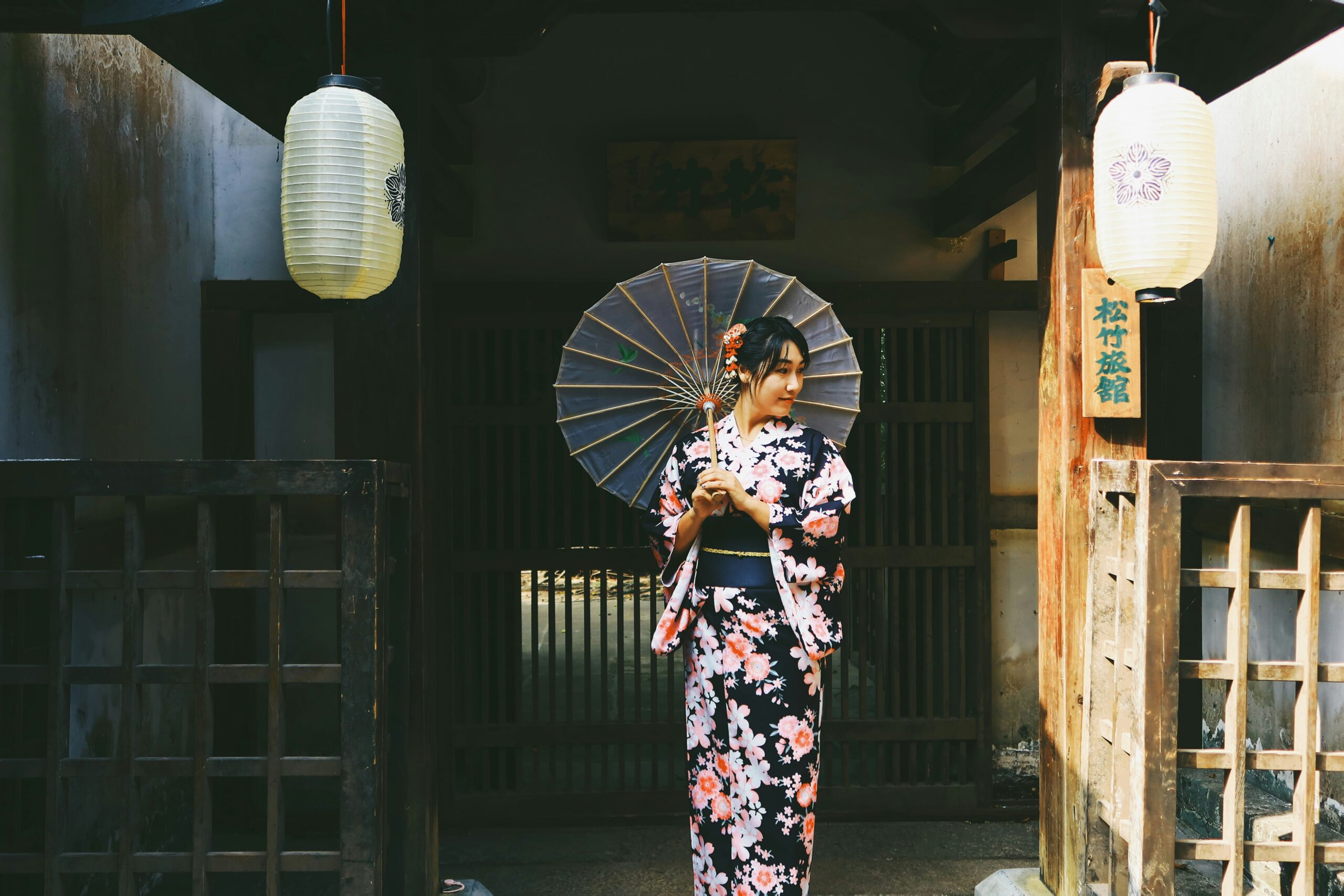
Professional photographers in Kyoto understand that each kimono tells a story through its colors, patterns, and seasonal motifs. This cultural awareness directly influences how they approach posing and composition, ensuring that every photograph respects the garment’s significance while creating stunning visual narratives.
Seasonal Considerations for Kimono Photography
Kyoto’s four distinct seasons offer unique opportunities for kimono photography. Spring brings cherry blossoms that complement pastel-colored kimono, while autumn provides a rich tapestry of red and gold leaves that enhance earth-toned garments. Professional photographers in Kyoto often recommend specific kimono styles and colors based on the season, creating harmonious compositions that feel natural and timeless.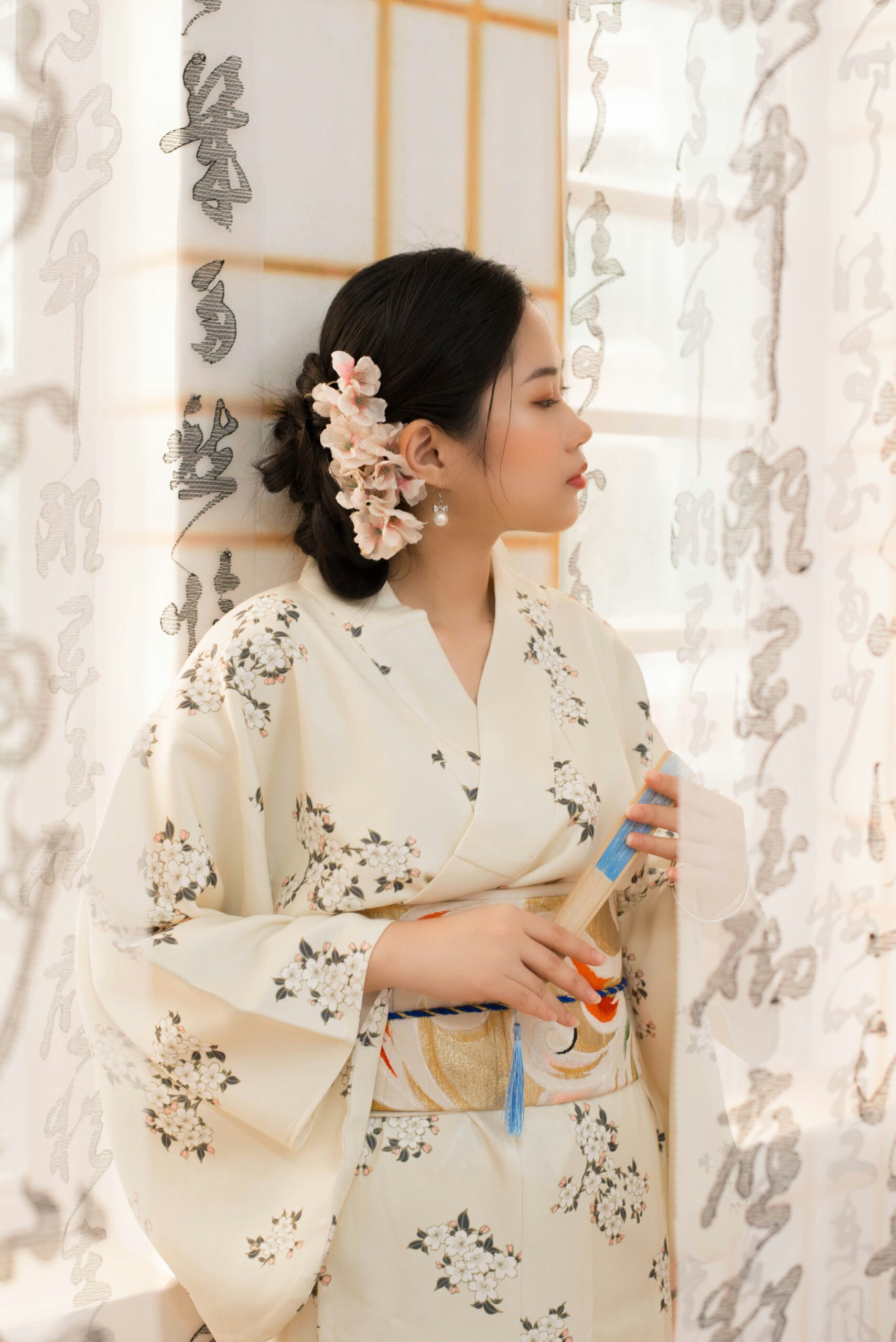
Essential Kimono Posing Fundamentals
Mastering the Basic Stance
The foundation of exceptional kimono photography begins with understanding proper posture and stance. Professional photographers in Kyoto emphasize the importance of maintaining an elegant, upright posture that showcases the kimono’s flowing lines while projecting grace and dignity.
Key elements of the perfect kimono stance include:
- Keeping shoulders relaxed and slightly back
- Maintaining a straight spine without appearing rigid
- Positioning feet at a slight angle, with one foot slightly forward
- Allowing arms to hang naturally at the sides
- Keeping the head held high with a gentle, serene expression
Hand and Arm Positioning Techniques
Professional kimono photographers in Kyoto have developed specific techniques for positioning hands and arms that enhance the overall composition while maintaining cultural authenticity. The way hands are positioned can dramatically affect the mood and elegance of the final image.
Expert hand positioning tips:
- The Classic Fold: Gently clasp hands in front of the body, creating a triangular shape that draws attention to the kimono’s obi (sash)
- The Graceful Gesture: One hand lightly touching the kimono’s sleeve while the other rests naturally at the side
- The Temple Pose: Hands positioned as if in prayer, perfect for temple backgrounds in Kyoto
- The Flowing Movement: One hand gently lifting the kimono hem while walking, creating dynamic movement
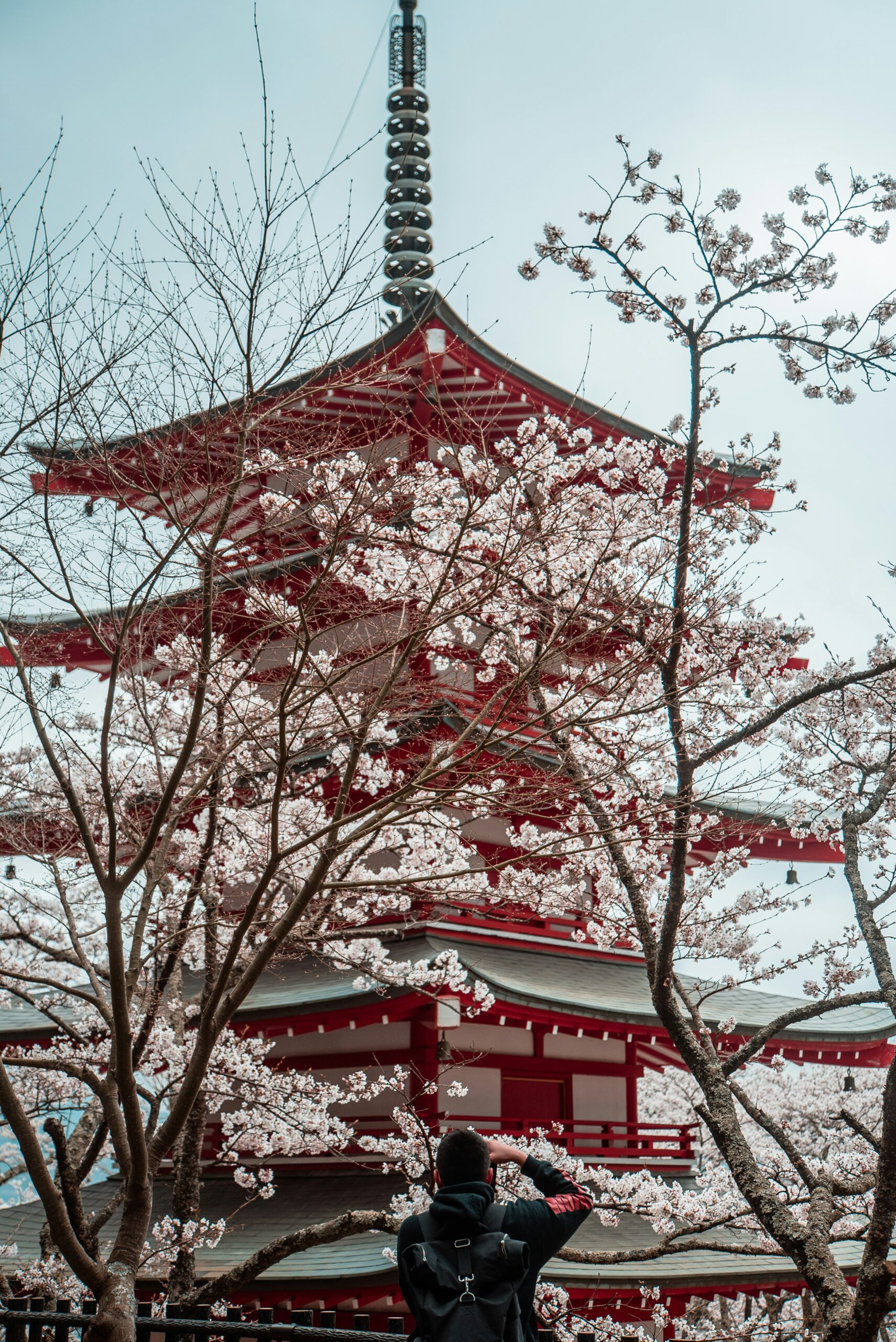
Facial Expressions and Eye Contact
The expression worn during kimono photography should reflect the serene, contemplative nature traditionally associated with Japanese culture. Professional photographers in Kyoto often guide their subjects toward subtle, meaningful expressions that complement the kimono’s elegance.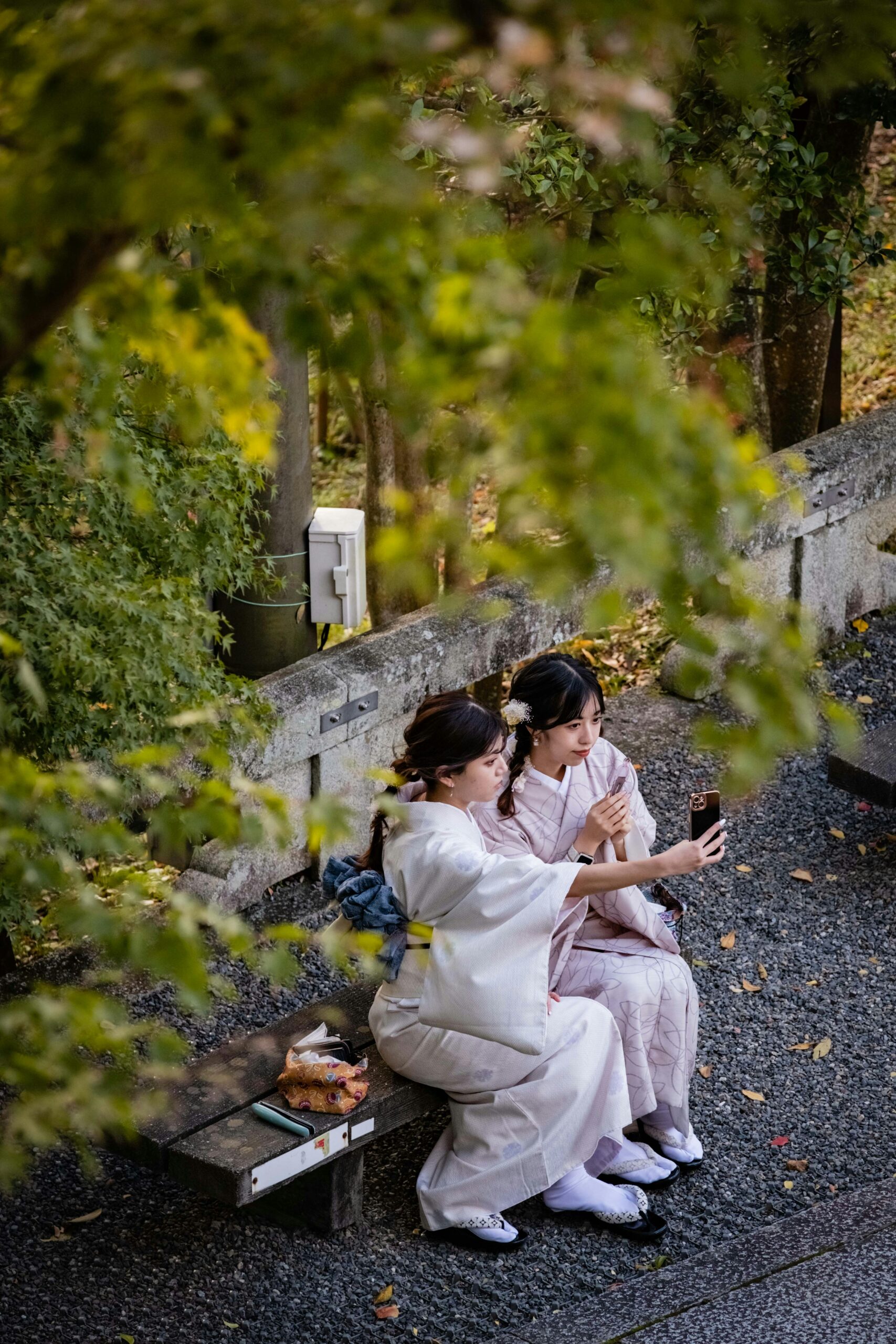
Advanced Posing Techniques for Different Kimono Styles
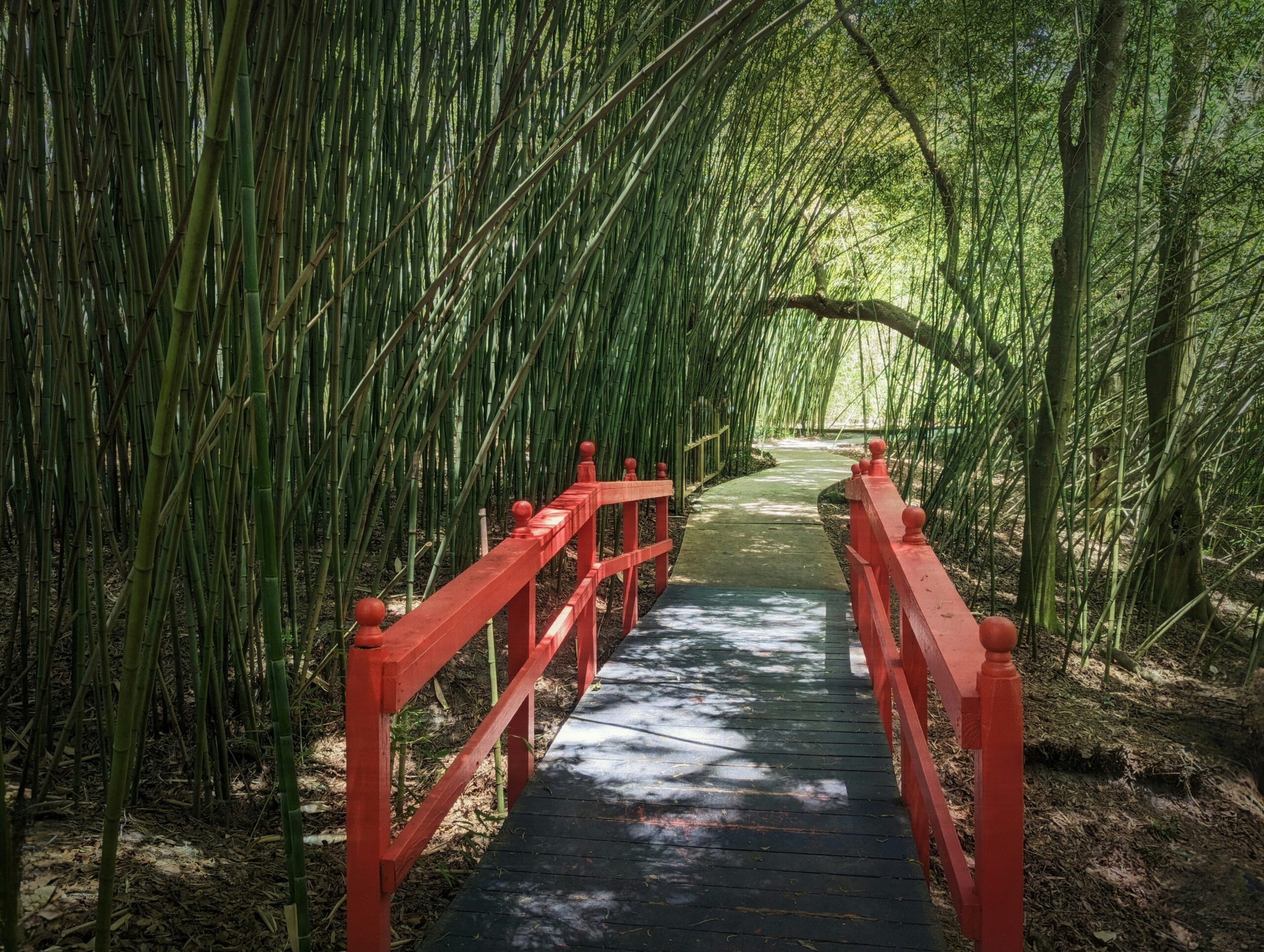
Traditional bamboo grove pathways provide natural framing for kimono portraits
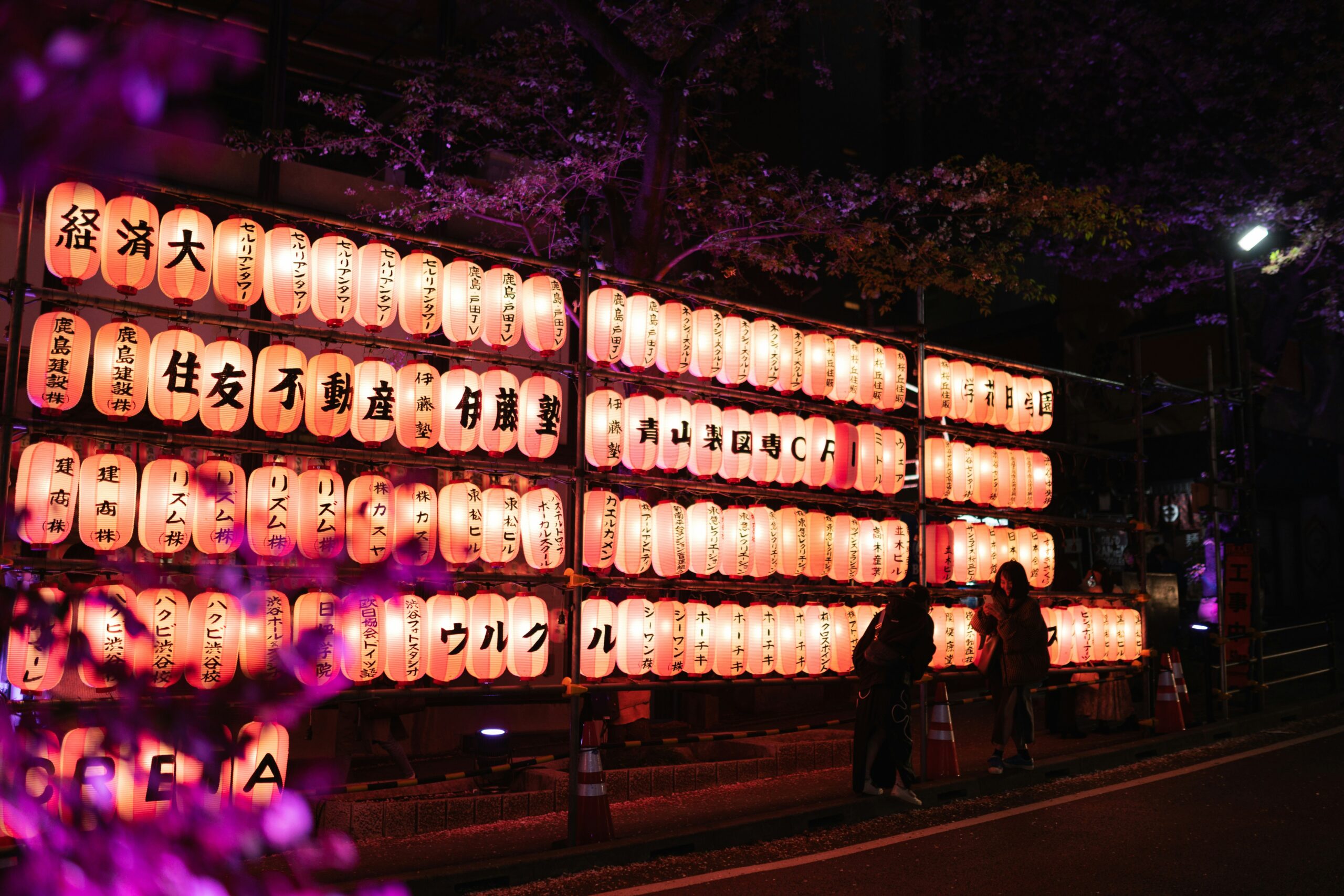
Festival lanterns create magical evening lighting for kimono photography
Furisode Kimono Photography
Furisode, with its long, flowing sleeves, requires specific posing techniques to showcase its dramatic beauty. Professional photographers in Kyoto often recommend poses that highlight the sleeve movement and create visual interest through fabric flow.
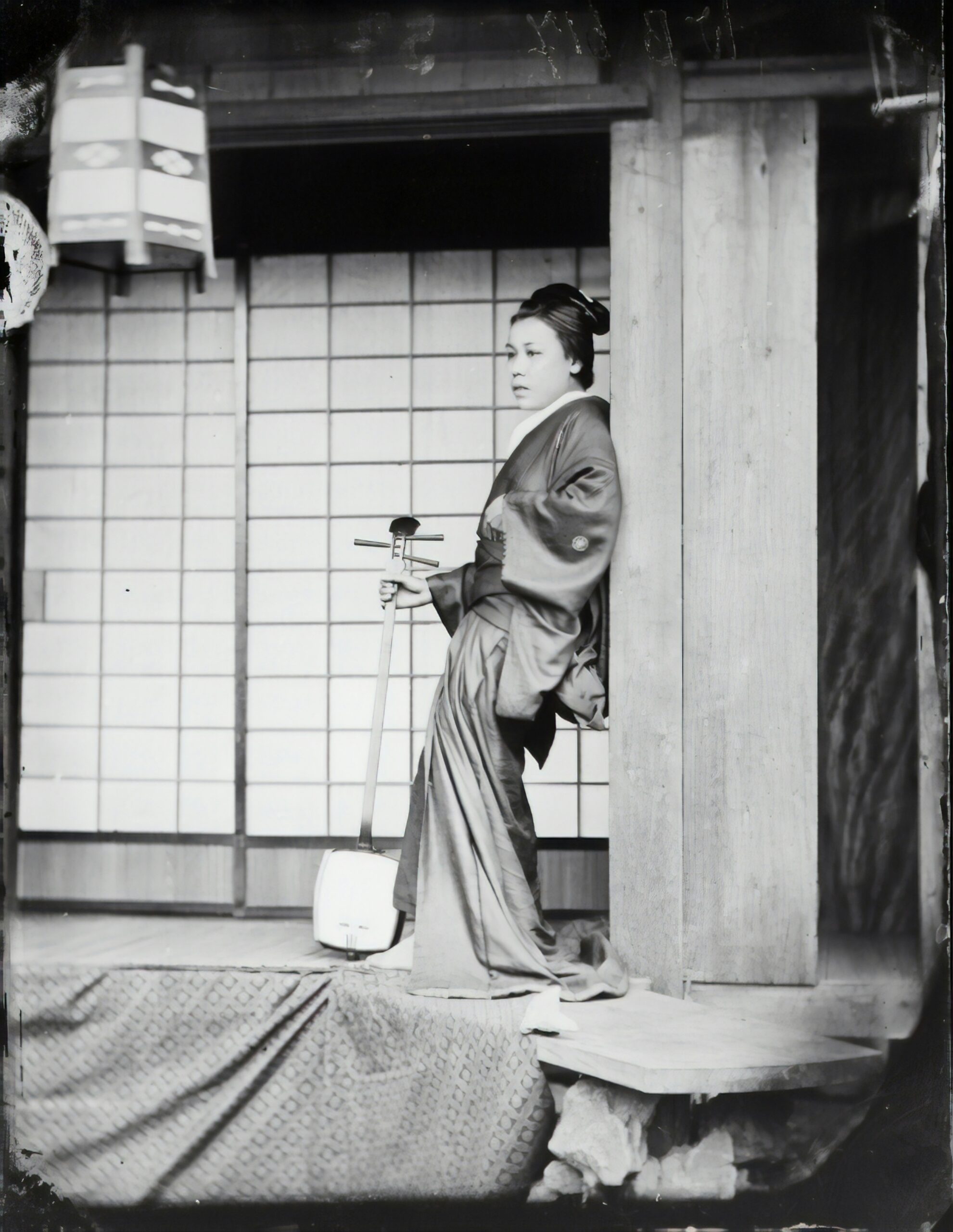
Furisode-specific posing techniques:
- The Sleeve Showcase: Extend one arm gracefully to display the full length of the furisode sleeve
- The Twirl Position: Capture the kimono mid-movement to show the sleeve’s dramatic sweep
- The Layered Look: Position arms at different heights to create depth and showcase multiple sleeve layers
Tomesode Formal Kimono Poses
Tomesode, the most formal kimono style, requires poses that convey dignity and sophistication. Professional photographers in Kyoto approach tomesode photography with reverence for its formal nature and cultural significance.
Seasonal Kimono Photography Strategies
Spring Cherry Blossom Sessions
Spring in Kyoto brings the world-famous cherry blossom season, creating dreamy backdrops for kimono photography. Professional photographers during this season focus on creating harmonious compositions between the delicate blossoms and elegant kimono.
Spring posing essentials:
- The Blossom Reach: Gently extending toward cherry blossom branches
- The Petal Shower: Poses that incorporate falling cherry blossom petals
- The Reflection Shot: Using the kimono’s colors to complement pink cherry blossoms
- The Garden Path: Walking poses through blooming gardens
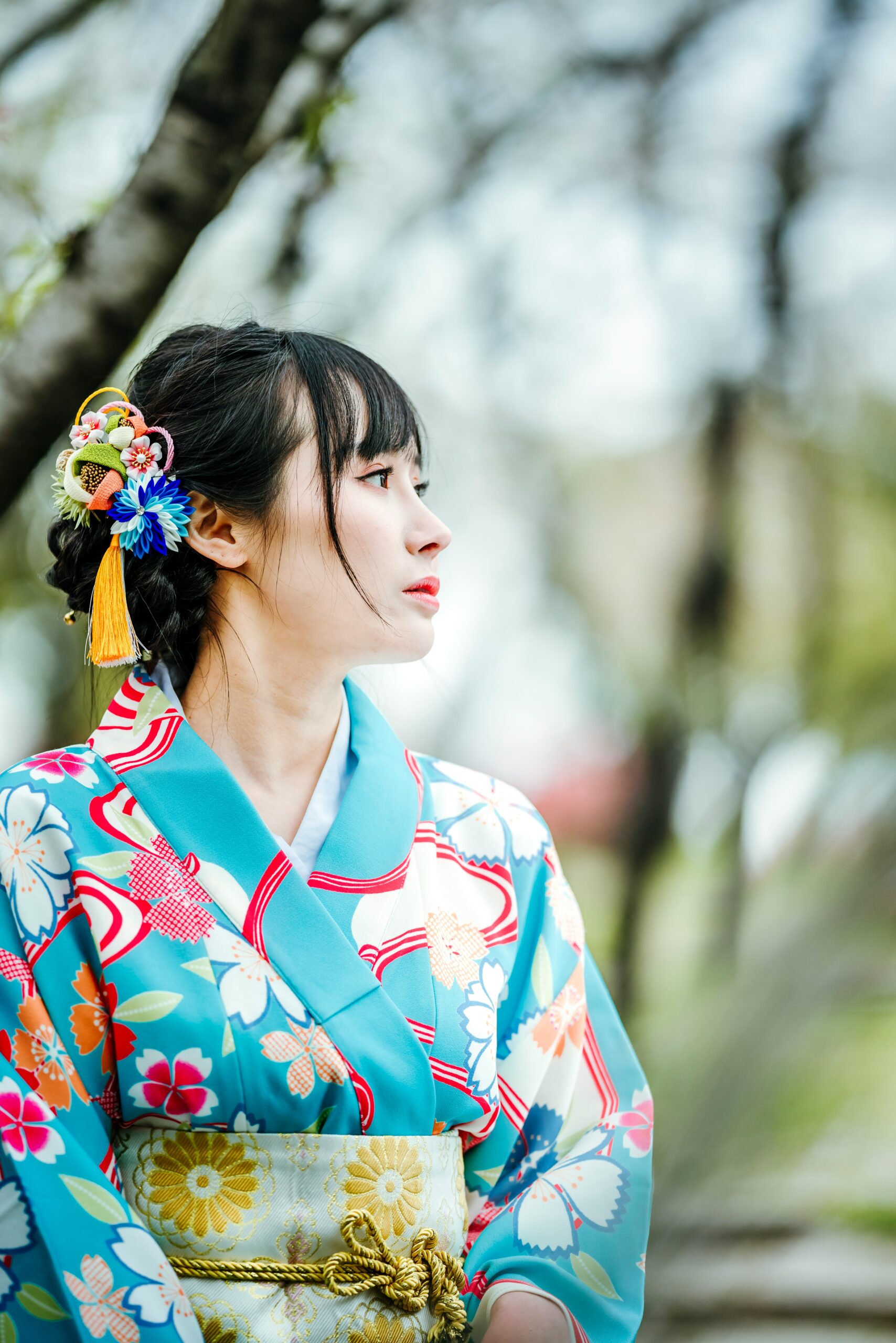
Winter Snow Photography
While challenging, winter kimono photography in Kyoto can produce ethereal, unforgettable images. Professional photographers who brave the cold create magical compositions using snow as a natural backdrop.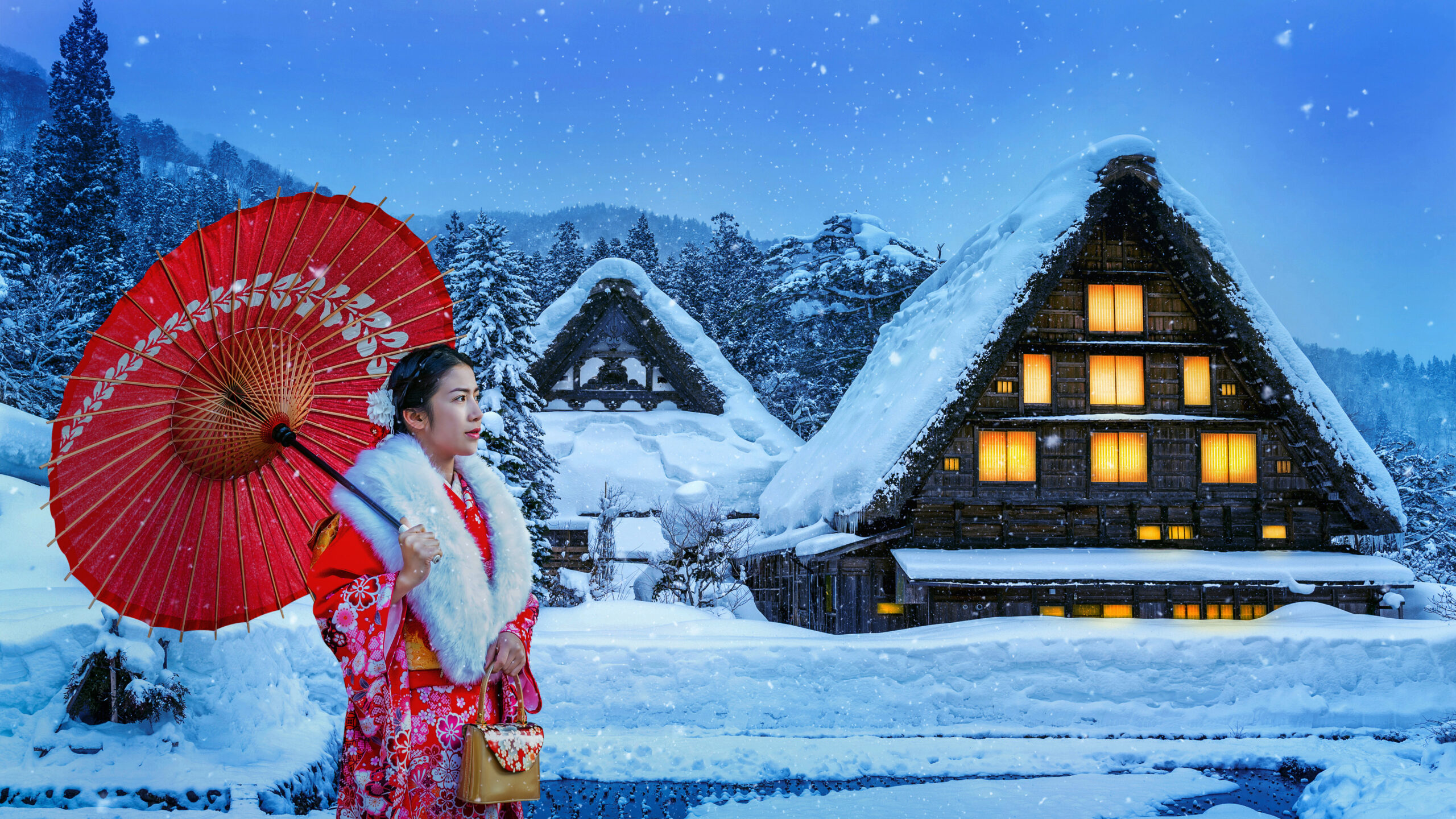
Autumn Maple Photography
Kyoto’s autumn colors provide rich, warm backdrops that complement earth-toned kimono perfectly. Professional photographers use this season to create some of their most stunning kimono portraits.
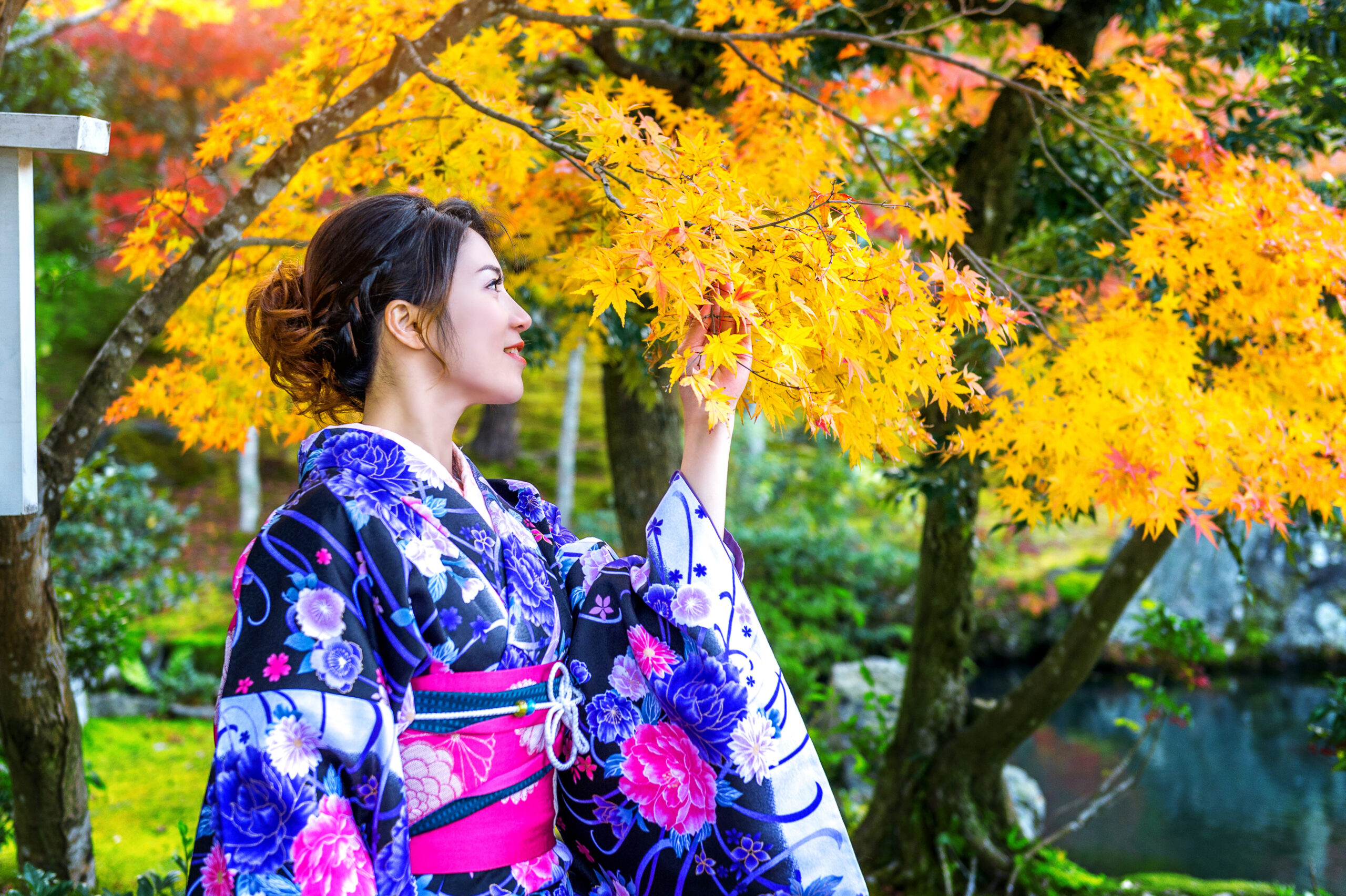
Autumn maple leaves create natural color harmony with traditional kimono patterns
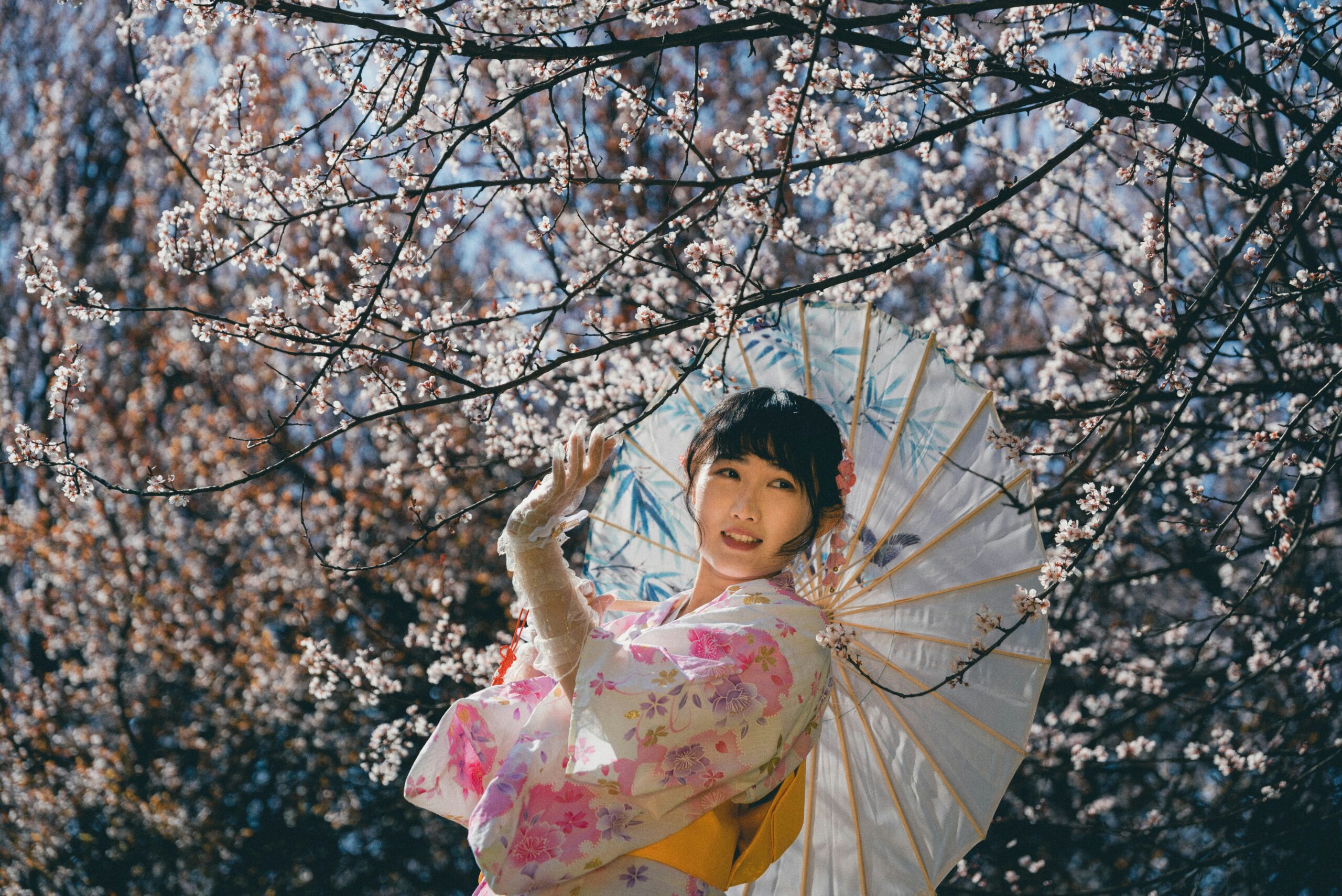
Cherry blossom season offers the most iconic kimono photography opportunities
Technical Photography Tips for Perfect Kimono Poses
Lighting Considerations for Kimono Photography
Professional photographers in Kyoto understand that kimono fabrics reflect and absorb light differently than Western clothing. The intricate patterns, metallic threads, and silk textures require specific lighting approaches to showcase their beauty effectively.
Essential lighting techniques:
- Golden Hour Magic: Early morning and late afternoon light enhances kimono colors naturally
- Diffused Light: Soft, even lighting prevents harsh shadows on detailed patterns
- Directional Lighting: Side lighting to emphasize kimono texture and dimension
- Background Separation: Lighting techniques that separate subjects from backgrounds
Camera Angles and Composition Rules
The angle from which kimono photography is captured significantly affects the final image’s impact. Professional photographers in Kyoto have developed specific guidelines for camera positioning that enhance both the subject and the garment.
Color Coordination and Visual Harmony
Professional kimono photographers in Kyoto pay careful attention to color relationships between the garment, location, and overall composition. Understanding color theory helps create visually striking images that feel cohesive and intentional.
Booking Professional Kimono Photography in Kyoto
Choosing the Right Photography Service
When selecting a professional photographer for your kimono experience in Kyoto, several factors contribute to ensuring exceptional results. Experience with traditional Japanese garments, familiarity with Kyoto’s locations, and cultural sensitivity are essential qualities to seek.
Key factors to consider:
- Portfolio Quality: Review previous kimono photography work for style compatibility
- Location Knowledge: Familiarity with Kyoto’s best photography spots and seasonal timing
- Cultural Understanding: Respect for kimono traditions and appropriate handling
- Equipment Quality: Professional-grade equipment for high-quality results
- Client Reviews: Testimonials from previous kimono photography clients
For those seeking exceptional kimono photography experiences in Kyoto, professional services like AllPhoto Kyoto offer specialized expertise in traditional Japanese garment photography, combining technical excellence with deep cultural understanding to create truly memorable images.
Planning Your Kimono Photography Session
Successful kimono photography requires careful planning and coordination. Professional photographers in Kyoto typically recommend booking sessions well in advance, especially during peak seasons like cherry blossom time or autumn colors.
Ready to Capture Your Own Stunning Kimono Portraits in Kyoto?
Contact professional photographers who specialize in traditional Japanese garment photography and discover the magic of this timeless art form in Japan’s most photogenic city.
Conclusion: Mastering the Art of Kimono Photography in Kyoto
The art of posing in kimono represents a beautiful intersection of traditional Japanese culture and contemporary photography. By understanding the cultural significance of these garments, mastering fundamental posing techniques, and working with experienced professional photographers, you can create stunning images that honor both the beauty of kimono and the timeless elegance of Kyoto.
Whether you’re planning a special celebration, cultural exploration, or simply wish to experience the grace of traditional Japanese fashion, professional kimono photography in Kyoto offers an unforgettable way to capture these precious moments. The techniques and insights shared in this guide represent years of expertise from professional photographers who have dedicated their careers to perfecting this specialized art form.
Remember that great kimono photography combines technical skill with cultural respect, artistic vision with traditional values, and professional expertise with genuine appreciation for Japanese heritage. By working with experienced photographers who understand both the technical and cultural aspects of kimono photography, you ensure that your images will be both beautiful and meaningful, creating lasting memories of your time in Japan’s ancient capital.
The next time you find yourself in Kyoto with the opportunity to experience kimono photography, remember these professional tips and techniques. With proper preparation, cultural awareness, and the guidance of skilled photographers, your kimono portraits will capture not just how you looked, but how you felt during this special experience in one of the world’s most beautiful and culturally rich cities.


コメント